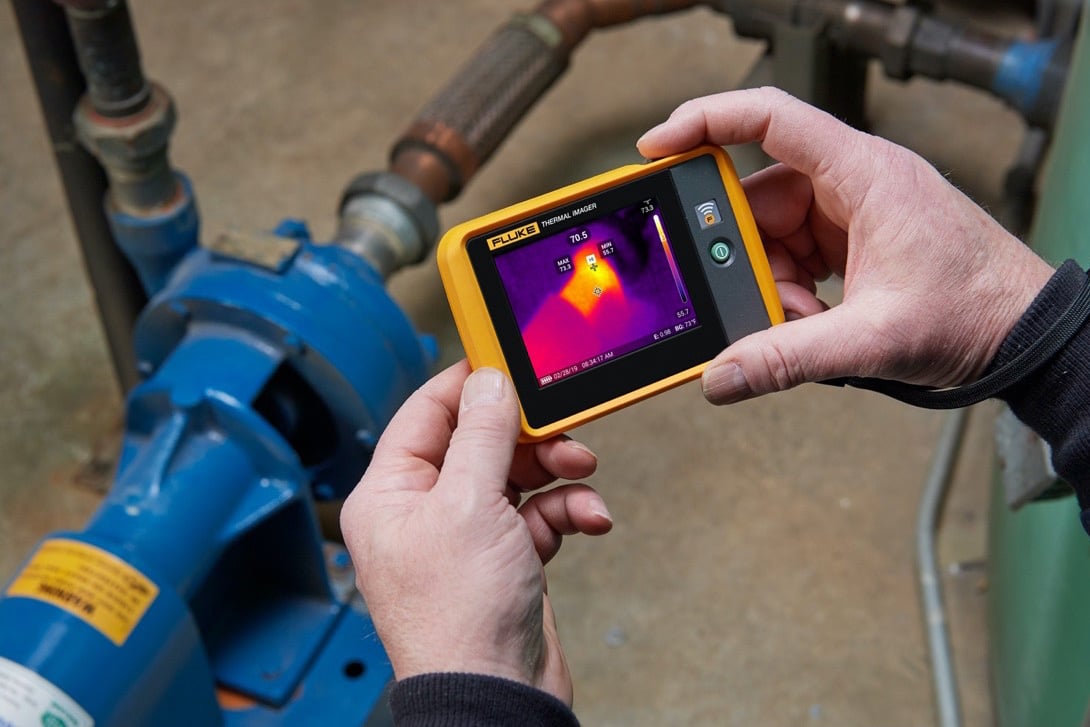Innovative Solutions for Early Discovery of Water Leakages in Buildings and Framework
As the integrity of buildings and framework is extremely important, the obstacle of early detection of water leakages has spurred cutting-edge services that guarantee to reinvent the method we guard versus potential damages. From sophisticated leak discovery modern technologies to the implementation of IoT sensors for real-time monitoring, the landscape of leak avoidance is progressing quickly. Device knowing algorithms use a look into the future of leakage forecast, while thermal imaging presents a non-intrusive technique for determining concealed leaks. Automated water flow analysis systems are improving just how leakages are recognized and addressed, leading the way for a positive method to water leakage detection. Each of these solutions holds the crucial to making certain the integrity and long life of our built environment, prompting a change in the direction of an extra sustainable and reliable future.
Advanced Leakage Discovery Technologies
Advanced leak detection modern technologies, outfitted with cutting-edge sensing units and algorithms, play a critical role in quickly recognizing and pinpointing water leakages in numerous setups. Electromagnetic sensing units can determine modifications in electro-magnetic areas caused by water, supplying yet an additional layer of leakage discovery ability.

IoT Sensors for Real-Time Monitoring
In the world of modern-day water leak discovery, the assimilation of IoT sensors for real-time surveillance represents a crucial improvement in boosting aggressive leakage detection capabilities. These sensors offer continuous surveillance of water systems, offering real-time information on water circulation prices, pressure variants, and temperature changes. By leveraging IoT technology, these sensors can discover even the smallest anomalies in water use patterns, enabling early identification of possible leaks before they rise into significant concerns.
IoT sensors transfer information to a centralized system, where sophisticated formulas evaluate the details and generate informs or notifications when abnormalities are found. This real-time monitoring ability allows residential or commercial property owners or center managers to quickly address leakages, decreasing water damages, minimizing repair prices, and saving water sources.
Additionally, IoT sensing units can be incorporated with structure management systems, enabling for automated actions to detected leaks, such as closing off water valves or turning on pumps to mitigate the influence of leaks. Overall, the implementation of IoT sensors for real-time surveillance significantly boosts the efficiency and performance of water leak detection in structures and framework.
Artificial Intelligence Algorithms for Leak Prediction

One secret benefit of using artificial intelligence for leakage forecast is its ability to continuously find out and enhance its precision gradually. As even more data is accumulated and fed into the algorithm, it can refine its forecasts and adapt to altering problems, ultimately raising the integrity of leak discovery systems.
Moreover, artificial intelligence formulas can assist in recognizing refined signs of leakages that may go undetected by standard monitoring approaches. water leak detection. By examining complicated information embed in real-time, these algorithms can supply early cautions and informs, permitting prompt treatment and preventative upkeep to mitigate possible water damage and linked costs
Utilizing Thermal Imaging for Leakage Detection
Thermal imaging innovation offers an browse around this site appealing strategy for finding water leakages in different systems and facilities. By making use of infrared radiation and temperature variations, thermal imaging electronic cameras can identify hidden leaks that are not quickly visible to the naked eye. When water leaves from pipes or structures, it typically alters the temperature level of the surrounding location, developing temperature level differentials that thermal cams can capture. These temperature level abnormalities are after that converted into noticeable images, highlighting the exact area of the leak.
One of the crucial advantages of thermal imaging for leakage detection is its non-intrusive nature. Unlike conventional methods that might call for burglarizing wall surfaces or floorings more to find leakages, thermal imaging enables non-destructive testing. This not only saves time and lowers expenses but likewise reduces disruption to the building or infrastructure being assessed. In addition, thermal imaging can promptly check large areas, offering an extensive introduction of prospective leakage resources in a prompt fashion. Overall, making use of thermal imaging modern technology boosts the efficiency and accuracy of water leakage detection, making it a beneficial device for keeping the stability of structures and facilities.
Automated Water Circulation Analysis Systems
Just how can automated water flow analysis systems change the detection and management of leaks in numerous systems and infrastructures? Automated water flow evaluation systems supply an aggressive strategy to leakage discovery by constantly monitoring water flow prices and patterns. By establishing baseline data, these systems can swiftly determine discrepancies that might show a leakage, making it possible for timely intervention to prevent considerable damage.
These systems utilize advanced formulas to analyze real-time information and supply instant signals when anomalies are identified, permitting quick activity to be taken. Furthermore, automatic water circulation analysis systems can be integrated with structure monitoring systems or IoT platforms, improving general efficiency and enabling remote surveillance abilities.
Additionally, the information gathered by these systems can be made use of for predictive upkeep functions, aiding to recognize potential weak points site web in the framework prior to leaks take place. In general, the execution of automatic water flow analysis systems can substantially improve leak detection and administration techniques, eventually bring about set you back savings, reduced water waste, and enhanced sustainability in buildings and facilities.

Final Thought
In verdict, the integration of advanced leakage detection innovations, IoT sensing units, artificial intelligence algorithms, thermal imaging, and automated water flow analysis systems provides cutting-edge solutions for very early detection of water leakages in structures and facilities. These innovations make it possible for real-time monitoring, prediction of leaks, and reliable detection approaches to avoid water damage and waste. Carrying out these solutions can help in keeping the honesty and sustainability of water supply in different settings.